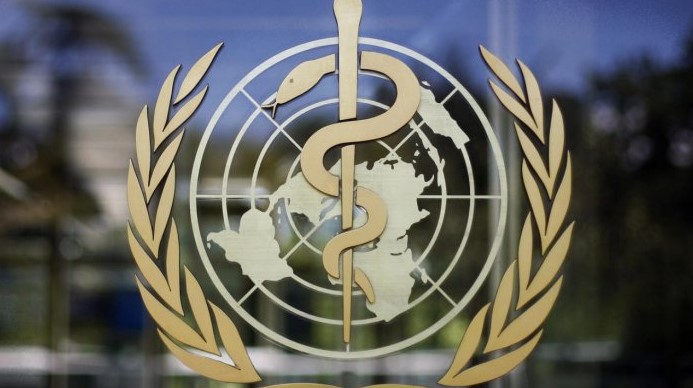The Covax programme for Covid-19 vaccines published its first distribution list Wednesday, planning enough doses for dozens of countries to immunise more than three percent of their populations by mid-year.
The list comes with concerns over whether lower-income countries will be left out of the immunisation race dominated by rich nations, a problem Covax was set up to resolve.
It broke down for the first time how the programme's initial 337.2 million doses will be distributed, with first deliveries expected in late February.
Some 145 countries are set to receive enough doses to immunise 3.3 percent of their population by mid-2021.
A statement said the initial distribution was in line with a target "to protect the most vulnerable groups such as health care workers" in the first half of the year.
Countries will receive doses in proportion to population size, with the most going to India (97.2 million), Pakistan (17.2 million), Nigeria (16 million), Indonesia (13.7 million), Bangladesh (12.8 million) and Brazil (10.6 million).
-This is fantastic. We can start vaccinating. It is coming in the next weeks- Ann Lindstrand, coordinator for a World Health Organisation immunisation programme, told a press conference.
Covax is co-led by the WHO, the Gavi vaccine alliance, and the Coalition for Epidemic Preparedness Innovations (CEPI).
Funding is covered through donations for the 92 lower- and lower-middle income economies involved, while for richer countries, buying in operates as a back-up insurance policy for their own vaccination programmes.
The distribution list includes 240 million doses of the AstraZeneca-Oxford vaccine, licensed to the Serum Institute of India (SII); 96 million doses of AstraZeneca-Oxford vaccine; and 1.2 million doses of the Pfizer-BioNTech vaccine.
The Pfizer-BioNTech vaccine is the only one so far to have received emergency use approval from the WHO. Evaluation is under way for the AstraZeneca-Oxford vaccine.
Both require two injected doses.
Wealthy self-financing countries were on the list in addition to lower-income nations, including South Korea (2.6 million doses), Canada (1.9 million) and New Zealand (250,000).
The list is non-binding and may change, the statement stressed, but would allow countries to plan for how many doses they will receive in the first rounds.
Longer term, Covax aims to secure enough vaccines for at least the most vulnerable 20 percent in participating countries by the end of 2021.
